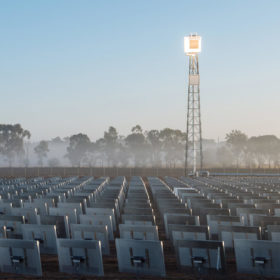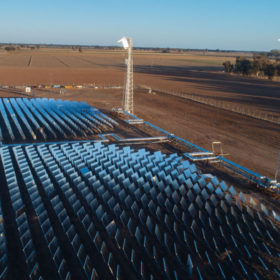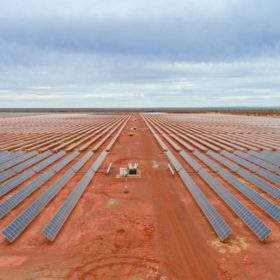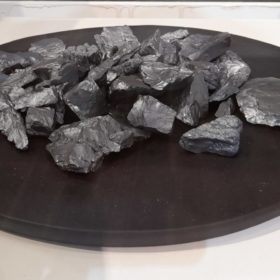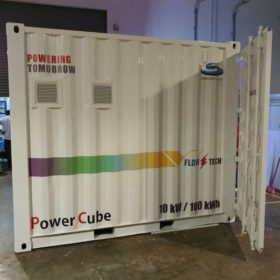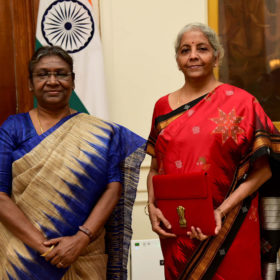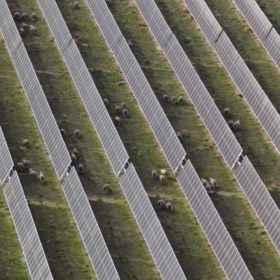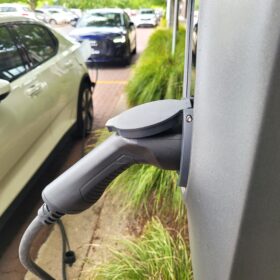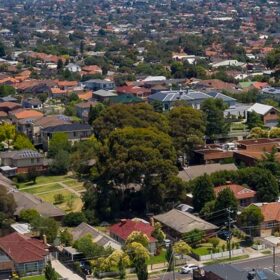SolarEdge announces record revenues in 2022
SolarEdge’s revenue rose 58% year over year to USD 3.1 billion ($4.5 billion) in 2022. It expects revenues for the first quarter of 2023 to be within the range of $1.33 billion to $1.37 billion.
Australian solar thermal company to list in New York following deal with world’s largest oil contractor
Australian concentrated solar thermal company Vast Solar has struck a deal with the world’s largest oil drilling contractor, Nabors Industries, announcing it will go public via the partnership and expects to list on the New York Stock Exchange midyear.
Vast Solar lands $65 million for ‘first-of-a-kind’ concentrated solar power plant
Renewable energy developer Vast Solar will progress plans to deliver Australia’s first commercial-scale concentrated solar power plant after securing financial backing from the federal government to build a 30 MW/288 MWh facility near Port Augusta in South Australia.
Research project to target thermal losses in large-scale solar farms
Modular solar array manufacturer 5B will work with researchers from the University of Sydney to optimise the design of large-scale solar farms in a bid to minimise temperature-induced panel efficiency losses. The research project secured funding support in the latest round of the Australian Research Council’s Linkage Project Grants program.
Polysilicon price rebound continues
Polysilicon prices started to rise in the second half of January, according to new data from the China Nonferrous Metals Industry Association (CNMIA).
Vanadium flow battery maker to set up 200 MWh factory
Singapore-based vanadium redox flow battery maker VFlowTech has raised $14.4 million (USD 10 million) as part of a Series A funding round. It will use the capital to set up a 200 MWh vanadium flow battery factory for the production of its 250 kWh product.
Australia’s key minerals will make it a green energy superpower
Tim Buckley, director of Climate Energy Finance, speaks to pv magazine as part of our Only5mins! series about the crisis threatening Adani Group with collapse, the “positive outlook” for Australian renewables, and the nation’s potential to become a clean energy superpower.
India confirms focus on green hydrogen, solar and battery manufacturing
The budget signifies the government’s intent to drive domestic manufacturing of lithium battery cells as it waives customs duty on the import of machinery required for manufacturing these cells. It also continues with nil customs duty on critical inputs for solar manufacturing. The budget also aims to support large-scale battery storage projects through viability gap funding.
Malaysian oil giant reportedly set to buy Wirsol’s Australian portfolio
Malaysian oil giant Petronas is reportedly set to buy the Australian renewable assets of German developer Wirsol. With roughly 750 MW of solar and storage projects and nearly double that in development, the deal could be worth between $900 million (USD 625 million) to $1 billion, according to Reuters.
ACEN finalises acquisition of UPC/AC Renewables JV
The New England and Stubbo solar farms in regional New South Wales are now 100% owned by ACEN after the Philippines-based energy company, through its subsidiary ACEN Renewables International, completed its acquisition of the development platform UPC/AC Renewables Australia.

